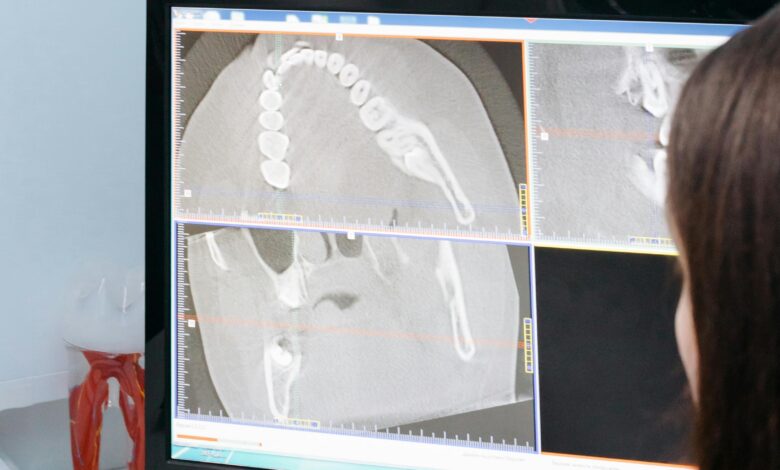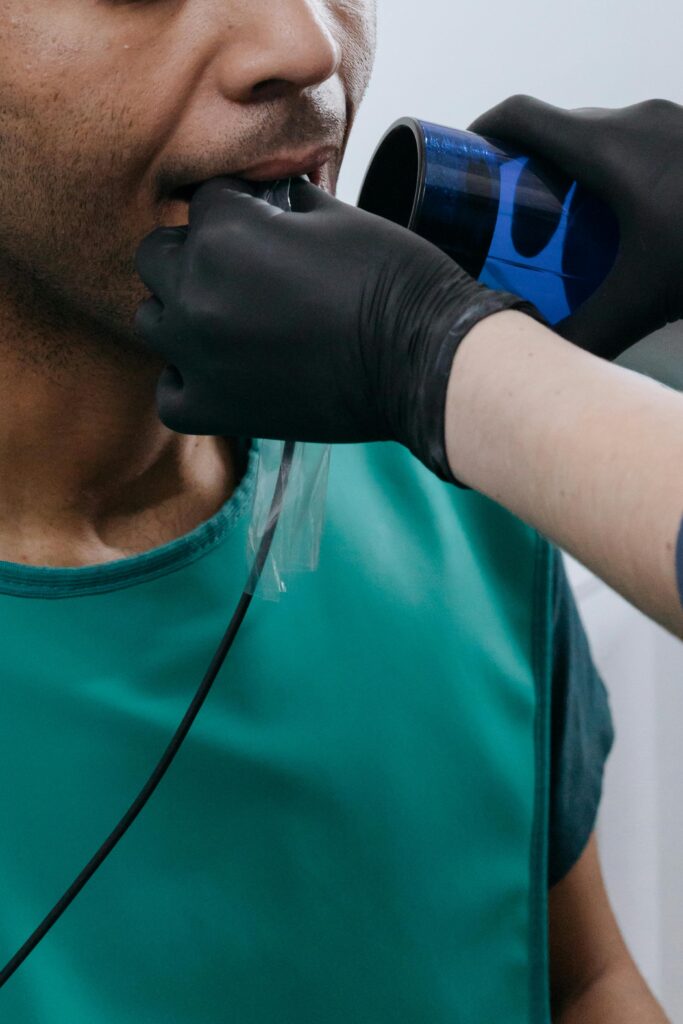3d dental scan covered by insurance

Modern dentistry is undergoing a significant transformation with the advent of advanced imaging technologies like 3D dental scans. These scans, also known as cone-beam computed tomography (CBCT), provide a three-dimensional view of a patient’s dental anatomy, enabling precise diagnoses and treatments. While these technologies have revolutionized dental care, patients often wonder: Are 3D dental scans covered by insurance? In this article, we delve into the costs, benefits, and insurance coverage of 3D dental scans, helping you understand this essential aspect of modern dental care.
What Are 3D Dental Scans?
3D dental scans utilize CBCT technology to create detailed images of teeth, bones, soft tissues, and nerves in a single scan. Unlike traditional two-dimensional X-rays, 3D scans offer unparalleled accuracy, which is especially beneficial for:
- Diagnosing complex dental issues like impacted teeth and fractures.
- Planning dental implants.
- Assessing root canals and bone density.
- Identifying temporomandibular joint (TMJ) disorders.
These scans are invaluable in providing a comprehensive understanding of a patient’s dental condition, ensuring precise treatment planning.
The Cost of 3D Dental Scans
The cost of a 3D dental scan can range from $250 to $600, depending on the complexity of the scan and the dentist’s location. While this might seem steep compared to traditional X-rays, the value of accurate diagnosis and tailored treatment often outweighs the cost. However, the financial aspect raises an important question: Will insurance cover this expense?
Insurance Coverage for 3D Dental Scans
Insurance coverage for 3D dental scans varies widely based on the type of insurance plan, the purpose of the scan, and the dentist’s recommendations. Here are some key factors to consider:
1. Medical vs. Dental Insurance
3D dental scans may be covered under medical insurance if they are deemed medically necessary. For instance, if a scan is required to diagnose TMJ disorders or plan surgical procedures, medical insurance might cover the cost. However, if the scan is for routine dental work, it is more likely to fall under dental insurance, which often has limited coverage for advanced imaging.

2. Preauthorization Requirements
Some insurance companies require preauthorization for 3D dental scans. This means the dentist must submit a request detailing why the scan is necessary. Patients should confirm with their insurance provider whether preauthorization is needed to avoid unexpected costs.
3. In-Network vs. Out-of-Network Providers
Insurance coverage also depends on whether the dentist is in-network or out-of-network. Using an in-network provider typically results in lower out-of-pocket expenses. Patients should verify their dentist’s network status before scheduling a 3D dental scan.
Steps to Determine Coverage
To understand whether your insurance covers 3D dental scans, follow these steps:
- Review Your Insurance Policy: Check the specifics of your dental and medical insurance plans to identify coverage details for imaging services.
- Consult Your Dentist: Ask your dentist about the necessity of the scan and whether they’ve encountered insurance approval issues for similar cases.
- Contact Your Insurance Provider: Reach out to your insurance company to clarify coverage, preauthorization requirements, and potential out-of-pocket costs.
- Request a Cost Estimate: Ask your dentist for a cost breakdown, including insurance coverage and patient responsibility.
Alternatives to Insurance Coverage
If your insurance does not cover 3D dental scans, there are alternative ways to manage the cost:
1. Dental Discount Plans
Dental discount plans are membership-based programs that offer reduced rates on various dental procedures, including 3D scans. These plans can be a cost-effective alternative for patients without comprehensive insurance coverage.
2. Payment Plans
Many dental practices offer payment plans to make advanced procedures more affordable. Patients can spread the cost over several months, reducing the financial burden.
3. Health Savings Accounts (HSAs) and Flexible Spending Accounts (FSAs)
If you have an HSA or FSA, you can use these accounts to cover the cost of 3D dental scans. These accounts offer tax advantages and can be used for eligible medical and dental expenses.
The Benefits of Investing in 3D Dental Scans
Even if insurance coverage is limited, investing in 3D dental scans can offer significant benefits:
- Accurate Diagnoses: Enhanced imaging reduces the risk of misdiagnosis and unnecessary treatments.
- Improved Outcomes: Precise planning leads to better results for procedures like dental implants and root canals.
- Time Efficiency: Comprehensive imaging in one scan saves time and reduces the need for multiple appointments.
- Patient Confidence: Clear visualizations help patients understand their dental issues and treatment plans, fostering trust and confidence.
Navigating the Future of Dental Care
As dental technology continues to evolve, insurance companies may adapt their policies to include advanced imaging like 3D dental scans. Patients should stay informed about their coverage options and advocate for the inclusion of modern diagnostic tools in their insurance plans. In the meantime, understanding the costs, benefits, and alternative payment methods can help you make informed decisions about your dental care.
Conclusion
3D dental scans represent a leap forward in diagnostic and treatment planning, offering unparalleled accuracy and patient benefits. While insurance coverage for these scans can be complex, careful planning and communication with your dentist and insurance provider can help you navigate the process. Whether covered by insurance or paid out-of-pocket, investing in advanced imaging technology is an investment in your oral health and overall well-being.




